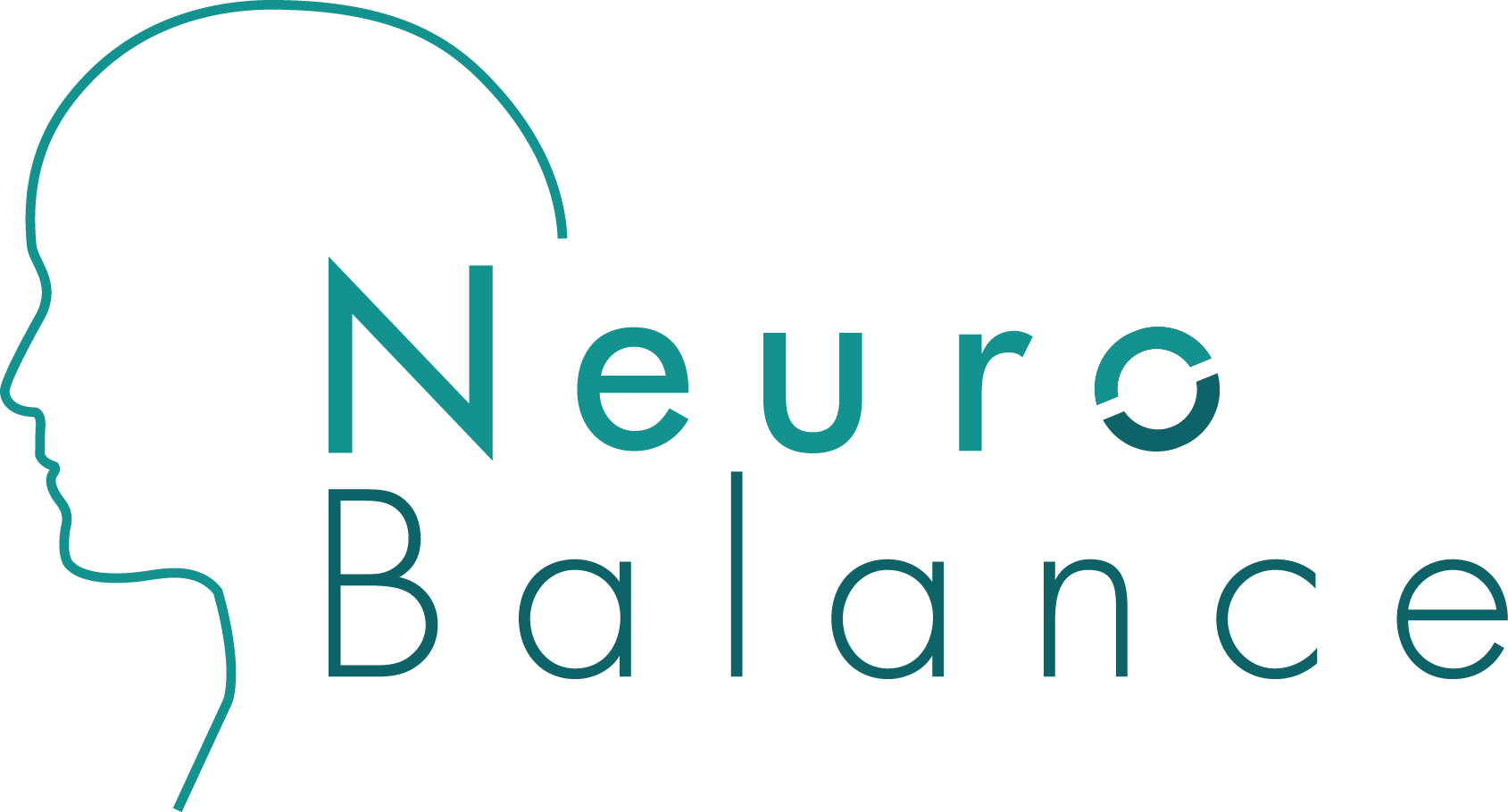4 Types of MS
Multiple sclerosis (MS) is a complex neurological condition that affects the central nervous system as a result of the immune system misidentifying structures in the body causing a breakdown of communication. This malfunction leads to the immune system attacking the nerve fibers and myelin sheaths that surround them. The damage changes the brain signals sent through the nerves to the body which can result in scarring of brain tissues and spinal cord.
Four Types of MS
Relapsing-remitting MS
Almost 85% of people with MS have relapsing -remitting MS (RRMS)
The severity of each case differs from person to person depending on the extent of nerve damage and it’s location.
Most people experience the first signs of RRMS at 20-30 years of age. Following each episode those with RRMS will notice new and worsening symptoms which will improve or disappear up until the next relapse. Each relapse there can be a formation of new brain lesions. In some cases symptoms become permanent or only minimally improve during remission. During the remission phase there will be no signs of progression or worsening of symptoms.
Primary progressive MS
Primary progressive MS (PPMS) usually occurs after 40 years of age and is less common than RRMS. The severity of symptoms may vary but people with PPMS typically have progressive symptoms over time and throughout their lives without recovery or remission. The sudden onset of episodes are not experienced with this type MS.
A person with PPMS must have a diagnosis by a doctor that includes having experienced symptoms that have worsened over a full year.
Secondary progressive MS
This type of MS is diagnosed by a doctor after a person shows a slow progression of symptoms which worsen with no distinction between episodes and times of remission. These periods of diminishing function free of remission and relapse must last greater than 6 months for a diagnosis of SPMS.
The treatment and medication for SPMS is different from PPMS.
Clinically isolated syndrome
Clinically isolated syndrome (CIS) may not in fact even be MS. But, it can often be the very first signs of MS a person will experience due to the damage done to the myelin sheaths from the inflammation.
A doctor with the use of a MRI scan will determine the extent and age of the brain lesions to make the diagnosis of (CIS) if it lasts at least for a day.
Categories of MS
It is helpful for doctors to categorize rates of activity and severity of the condition to better understand the degree it is affecting the body.
Those with PPMS or SPMS may experience a varying degree of periods of activity which may or may not be worsening.
The classifications include:
Active: This indicates a period of time that demonstrates new evidence the symptoms are progressing.
Not active: This period of time is symptom free with no new evidence of worsening of symptoms.
Worsening: Indicates an increase and more noticeable disability following a relapse.
Not worsening: This is a period of relapse that is free of any new or worsening of symptoms.
MS Symptoms
MS can be very personalized with varying severity of symptoms including:
attention, brain fog and memory issues
fatigue and tiredness
dizziness, light headedness and vertigo
walking and balance difficulties
tingling/ burning sensations throughout the body
vision trouble
speech trouble
hearing loss
tremors
seizures
breathing difficulties
There is evidence that over time these different symptoms can lead to other complications like bladder and bowel control as well as a loss of bone density.
Treatment and Management
Currently MS is not yet curable but treatment options are available that can maximize the benefit of managing the symptoms. It starts with better understanding of what type of MS one has so to match a treatment plan depending on the severity and activity rate of the condition.
Most treatment plans are centered on slowing the progression of the MS by combining medications with other complimentary therapies.
Lifestyle changes such as diet and exercise are indicated for supplementary support in MS treatment.
Some treatment options include:
Medication
Most medication aims at reducing the amount of relapses a person may be experiencing and slowing the progression by using a disease modifying therapy like:
alemtuzumab ( Lemtrada)
beta-interferons (Avonex)
dimethyl fumarate (Tecfidera)
glatiramer (Copaxone)
siponimod (Mayzent)
Plasma exchange
This is a blood therapy that involves removing harmful components in the blood and returning a new improved blood back into the patient. This treatment option is offered after typical medication has failed.
Other therapies to help MS
Physical therapy focuses on strengthening the body to improve motor function and control in movement and balance in daily activities.
neurofeedback can help support and stimulate brain activity to keep neurons firing properly while being used together with other physical exercise centered treatments.
acupuncture
Pilates
tai chi
reflexology
yoga
All of these different therapies keep the body reflexes and nervous system engaged to help slow the progression of MS.
MS in all it’s forms can be a debilitating condition. Lifestyle adjustments are always necessary to ensure the best outcome of a most productive and fulfilling life. Research shows that with a combination of medication and other supportive therapies like neurofeedback, acupuncture, diet and physical therapy MS can be best managed.
-A Balanced Brain is a Better Brain-
